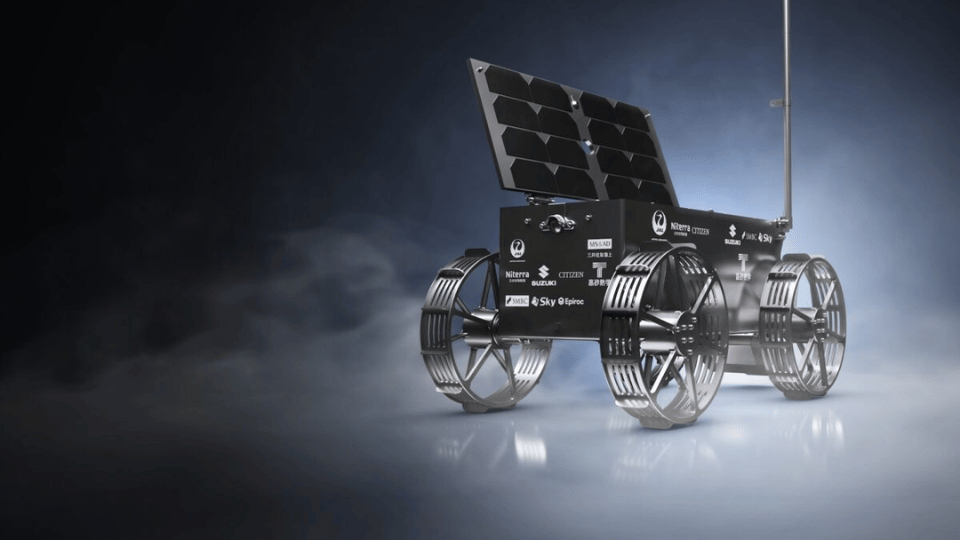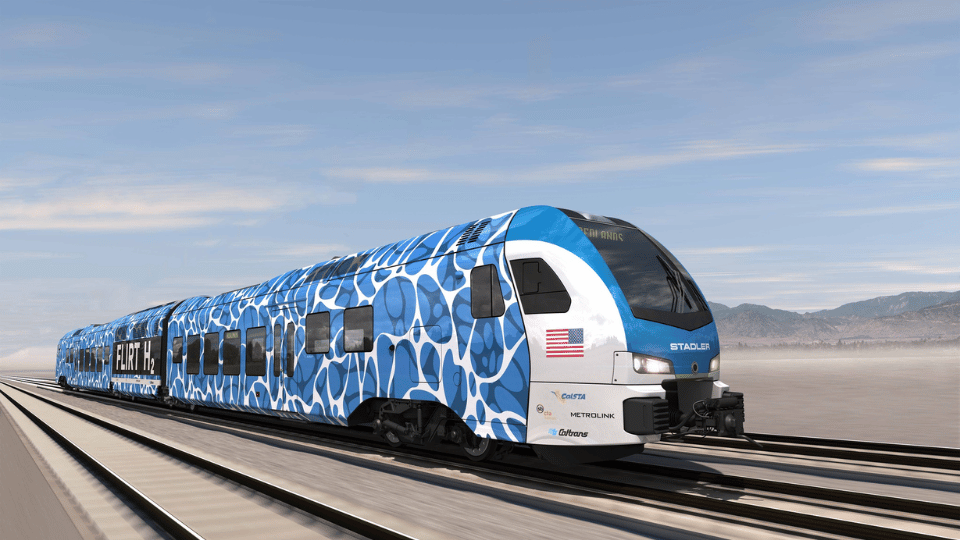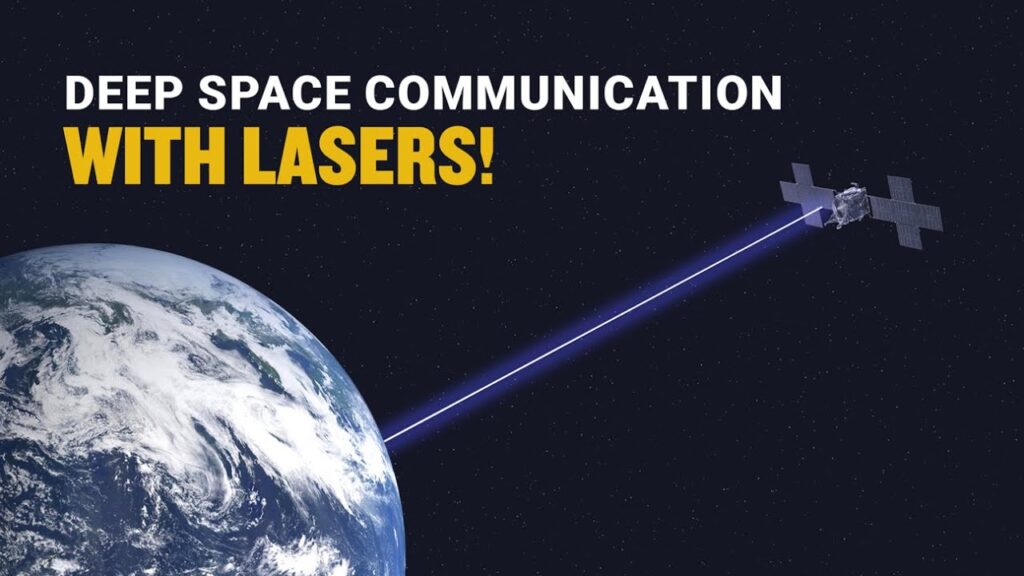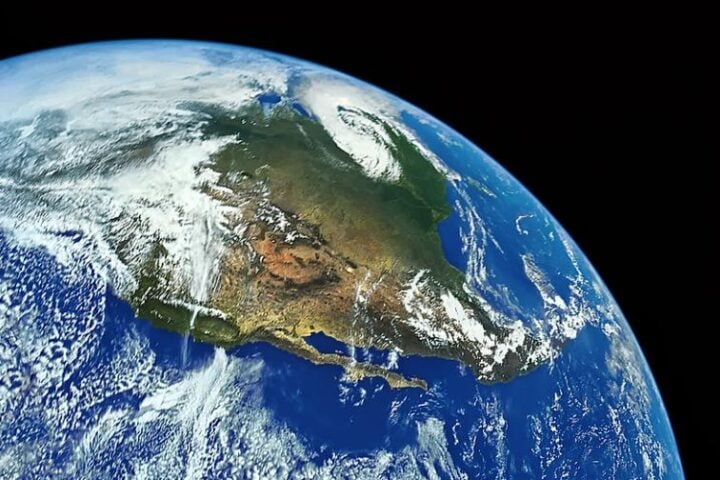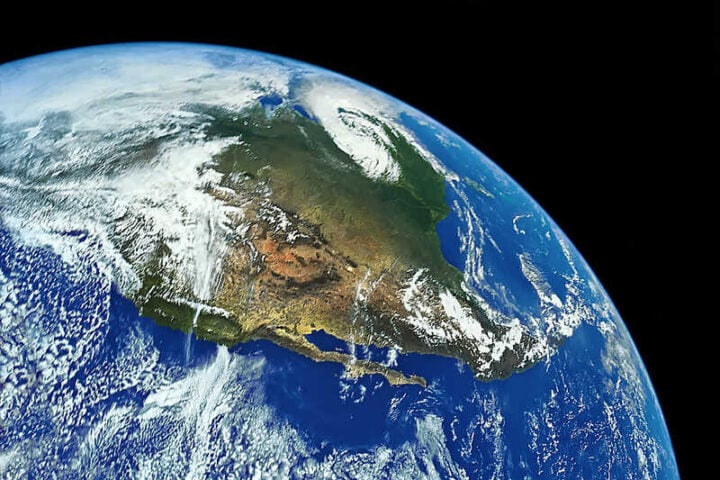On November 16, 2023, ispace, a global lunar exploration company, showcased the final design of its micro rover, a key element of their upcoming Mission 2. This rover, set to explore the Moon’s surface, symbolizes a significant leap in lunar transportation and data services. ispace’s CEO, Takeshi Hakamada, highlighted, “I am proud of all the employees who have made this possible, who, in the short time since completing Mission 1 nearly six months ago, have incorporated the necessary improvements to advance this mission on schedule,” praising the team’s efforts in adhering to the ambitious timeline.
Mission 2, integral to the HAKUTO-R lunar exploration program, aims to validate further the lander’s design and technology. This mission is not just a technological demonstration; it also marks a stride towards establishing a cislunar economy. Central to these exploration activities is the micro rover, crafted by ispace Europe’s engineers. The rover’s design emphasizes lightweight and durable construction, utilizing carbon fiber-reinforced plastics (CFRP) to withstand harsh lunar conditions.
This mission also aligns with NASA’s Artemis program, with ispace Europe selected to gather lunar regolith for NASA. A significant feature of the micro rover is the shovel developed by Epiroc AB, designed to collect lunar soil samples. The rover’s development is supported by the Luxembourg Space Agency and the European Space Agency, showcasing international collaboration in space exploration.
Furthermore, the Mission 2 lunar lander, named “RESILIENCE,” reflects ispace’s commitment to advancing lunar exploration. The lander’s design is based on the proven Series 1 model used in Mission 1, with improvements derived from Mission 1’s flight data. Assembled at JAXA’s facility in Tsukuba, Japan, the lander is scheduled for a SpaceX Falcon 9 launch in Winter 2024.
Mission 2 will carry diverse payloads, including water electrolyzer equipment, a food production module, a deep space radiation probe, and a commemorative alloy plate. These payloads signify the multifaceted nature of lunar exploration, encompassing scientific, commercial, and cultural dimensions.
Collaboration is a cornerstone of this mission, as exemplified by the partnership between Epiroc and ispace. This collaboration focuses on lunar regolith collection and supports cutting-edge resource utilization technologies. Joining the HAKUTO-R program are new partners like Chiyoda Corporation, Bandai Namco Research Institute, The University of Adelaide, and Kurita Water Industries Ltd., each bringing unique expertise and technology to support the mission’s goals.
In summary, ispace’s Mission 2 is a multifaceted endeavor, blending technological innovation, international collaboration, and a vision for the cislunar economy. This mission not only advances lunar exploration but also lays the groundwork for future space endeavors.
